Ellsworth Kelly

Spectrum IX 2014 Acrylic on canvas, twelve joined panels 107¾ × 96 inches; 274 × 244 cm
Ellsworth Kelly’s innovations of the late 1940s and early 1950s helped reshape abstract art for decades. His development of the monochrome and the multi-panel painting, his devotion to integral forms, and his use of chance and seriality would prove central to painting’s break with expressionism in the 1960s. But his approach to abstraction was also utterly unique, grounded in particulars rather than universals. His use of found compositions — the fold of a cigarette packet or the contour of a grape leaf — opened a new horizon of possibilities: “Everywhere I looked, everything I saw became something to be made, and it had to be made exactly as it was, with nothing added.”
Over the course of a seven-decade career, Kelly translated these found compositions into paintings, sculptures, drawings, prints, and photographs whose visual power transcended movements. The consistency of his artistic vision ensured that each work was immediately recognizable as his own, even when he experimented with new forms and materials.
Using the same rigor with which he translated his observations of the world (art historian Richard Shiff has called them “fragments of visual experience”), Kelly often returned to his earlier works and sketches. The immediacy of his sensory intuition, combined with his diligent translation of it, enabled him to keep making innovative work throughout his long career. As John Coplans explained in 1969, “since Kelly rarely abandons an idea — his system is incredibly open — he will permit a nascent or embryonic idea to mature without urgency.” This slow gestation helps explain one of contemporary art’s most consistently surprising bodies of work.
Ellsworth Kelly (1923–2015) was born in Newburgh, New York. In 1948 he moved to France, where he came into contact with a wide range of classical and modern art. He returned to New York in 1954 and two years later had his first exhibition at the Betty Parsons Gallery. The Museum of Modern Art in New York organized his first retrospective in 1973. Subsequent exhibitions have been held at museums around the world, including the Solomon R. Guggenheim Museum in New York, the Tate Gallery in London, Haus der Kunst in Munich, and the Centre Pompidou in Paris.
Selected Works

Painting for a White Wall 1952
Oil on canvas, five joined panels
Study for Atlantic 1956
Oil on canvas, two joined panels
Green Blue Red 1963
Oil on canvas
Chatham II: Blue Red 1971
Oil on canvas, two joined panels
Three Gray Panels 1987
Oil on canvas, three panels
Green Relief with Blue 1993
Oil on canvas, two joined panels
White Curves 2001
Painted aluminum
Green Orange Yellow 2004
Oil on canvas, three joined panels
White Curved Relief 2006
Oil on canvas, two joined panels
Exhibitions

ELLSWORTH KELLY
Black and White
through December 21, 2024
523 West 24th Street
New York

ELLSWORTH KELLY
Blue Green Black Red
May 6–June 25, 2022
522 West 22nd Street
523 West 24th Street & Online
New York & Online

ELLSWORTH KELLY
Postcards
May 6–June 25, 2022
526 West 22nd Street & Online
New York & Online

ELLSWORTH KELLY
Blue Curve
September 16–October 10, 2020
Online

ELLSWORTH KELLY
Color Panels for a Large Wall
November 3, 2018–January 19, 2019
522 West 22nd Street
New York
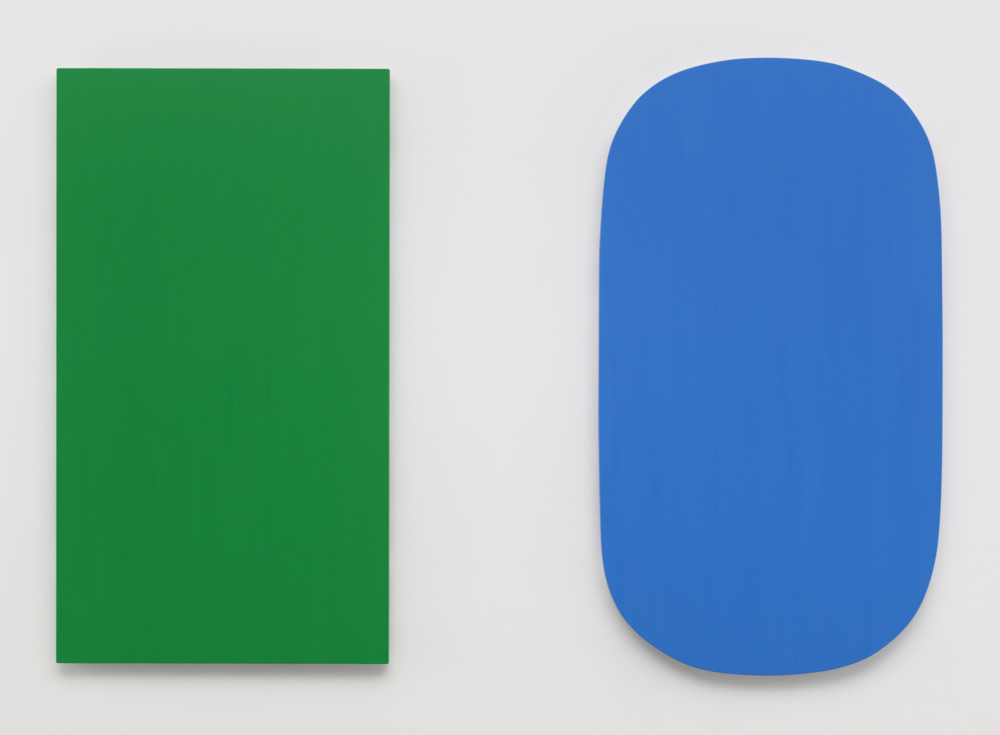
ELLSWORTH KELLY
Last Paintings
May 5–June 24, 2017
522 West 22nd Street
New York

ELLSWORTH KELLY
Plant Drawings
May 5–June 24, 2017
526 West 22nd Street
New York

ELLSWORTH KELLY
Photographs
February 26–April 30, 2016
523 West 24th Street
New York
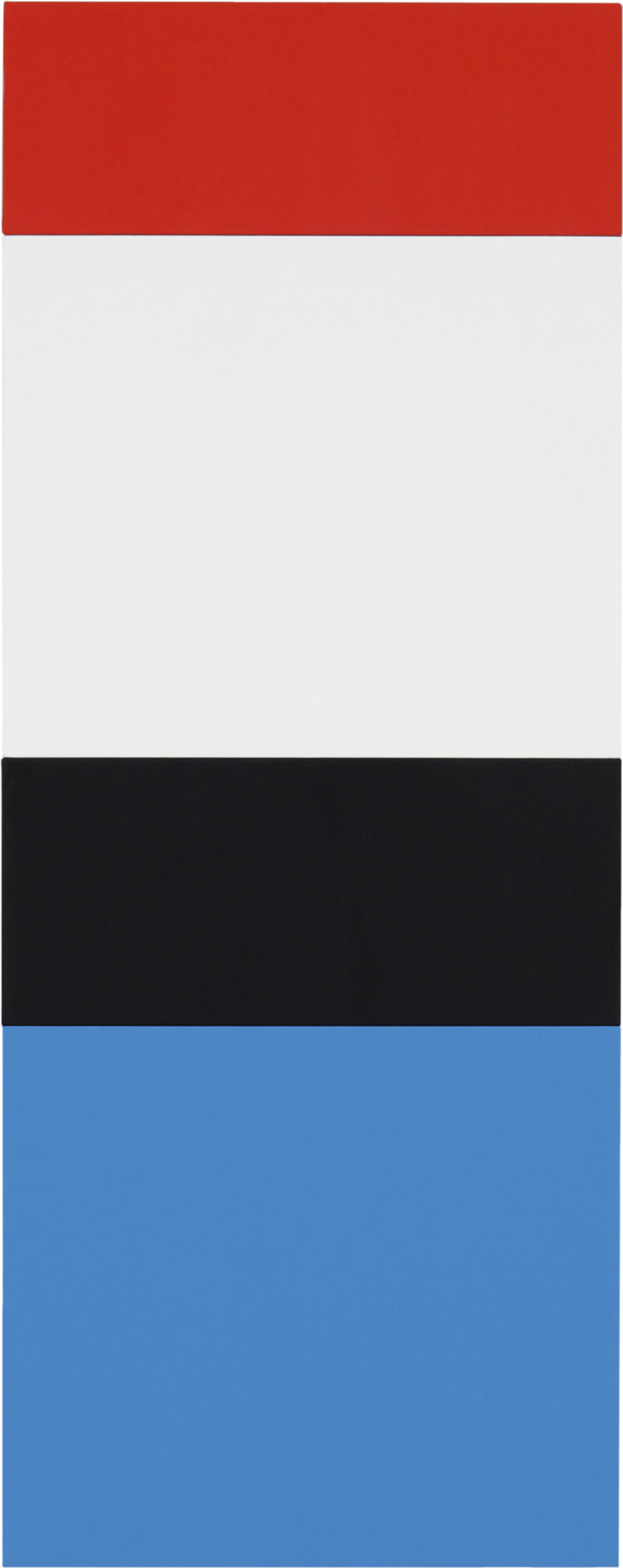
ELLSWORTH KELLY
May 13–June 20, 2015
522 West 22nd Street
526 West 22nd Street
502 West 22nd Street
523 West 24th Street
New York

ELLSWORTH KELLY
At Ninety
May 11–June 29, 2013
522 West 22nd Street
502 West 22nd Street
523 West 24th Street
New York

ELLSWORTH KELLY
Los Angeles
January 20–April 14, 2012
1062 North Orange Grove
Los Angeles

ELLSWORTH KELLY
Reliefs 2009–2010
February 12–April 16, 2011
522 West 22nd Street
523 West 24th Street
New York

ELLSWORTH KELLY
Diagonal
February 6–April 25, 2009
522 West 22nd Street
523 West 24th Street
New York

ELLSWORTH KELLY
Drawings 1954–1962
February 6–April 25, 2009
526 West 22nd Street
New York

ELLSWORTH KELLY
New Paintings
November 11, 2006–January 27, 2007
522 West 22nd Street
523 West 24th Street
New York

ELLSWORTH KELLY
Drawings on a Bus—Sketchbook 23, 1954
November 11, 2006–January 27, 2007
526 West 22nd Street
New York
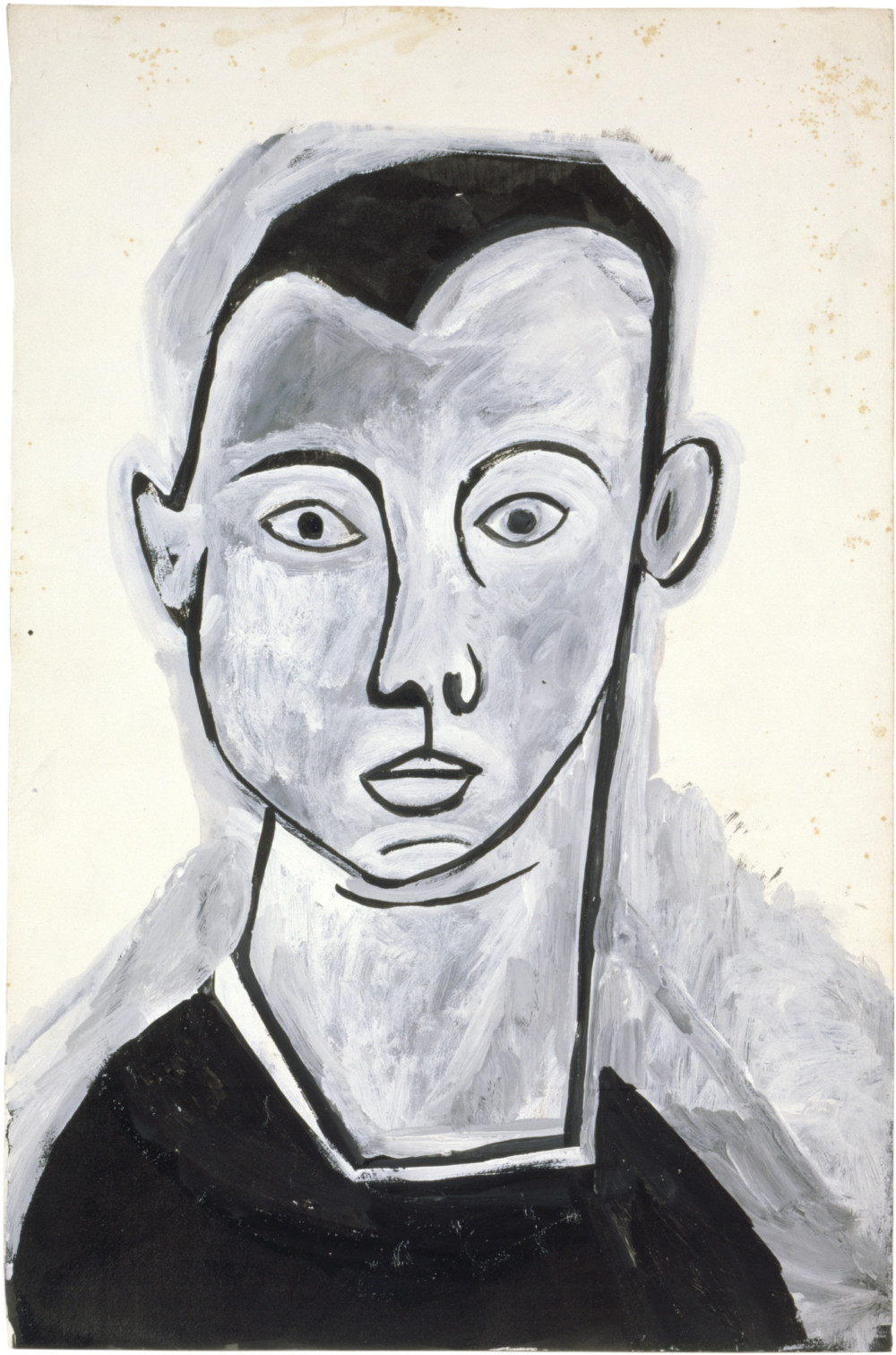
ELLSWORTH KELLY
Self-Portrait Drawings 1944–1992
May 10–June 28, 2003
529 West 21st Street
New York
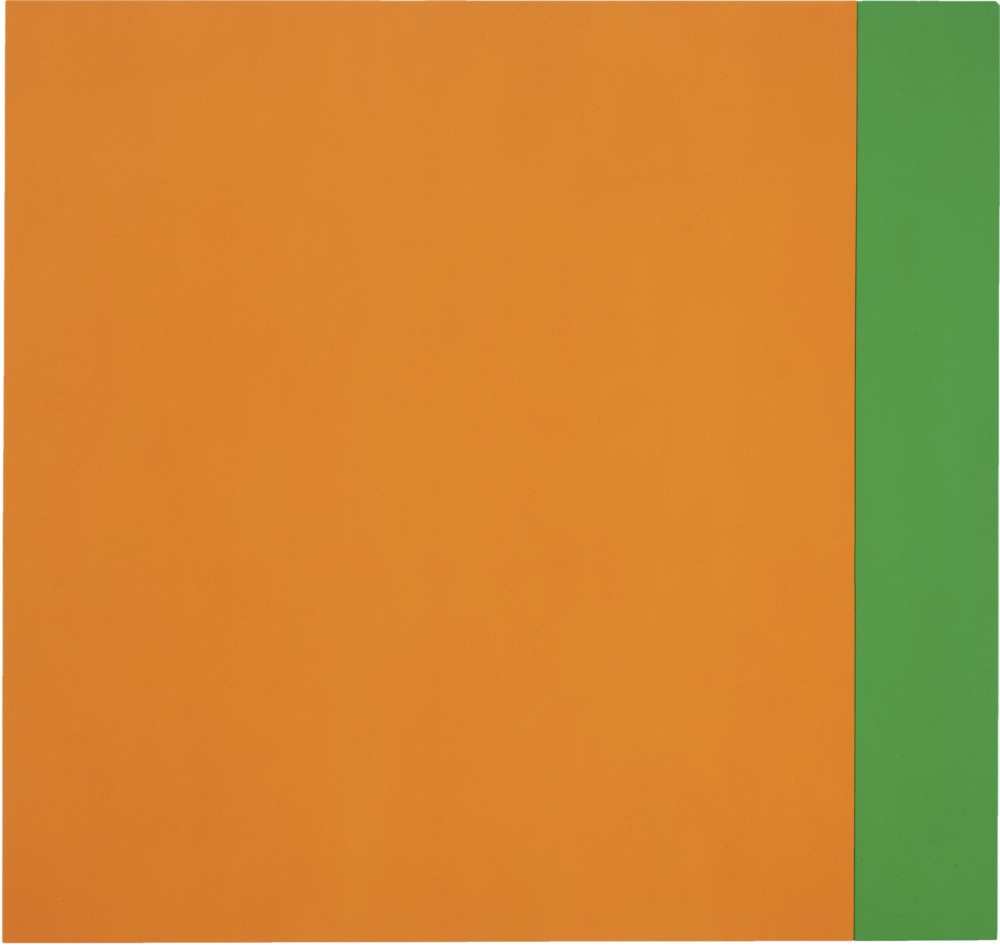
ELLSWORTH KELLY
Recent Painting and Sculpture
May 10–June 28, 2003
522 West 22nd Street
523 West 24th Street
New York

ELLSWORTH KELLY
Relief Paintings
May 12–June 29, 2001
522 West 22nd Street
New York

ELLSWORTH KELLY
Gray 1975–77
May 12–August 17, 2001
523 West 24th Street
New York

ELLSWORTH KELLY
Drawings 1960–1962
March 27–May 17, 1999
523 West 24th Street
New York

ELLSWORTH KELLY
Sculpture for a Large Wall, 1957
May 2–June 20, 1998
522 West 22nd Street
New York

ELLSWORTH KELLY
New Paintings
May 2–June 20, 1998
523 West 24th Street
New York

ELLSWORTH KELLY
An Installation, Seven New Paintings
October 17, 1996–January 19, 1997
522 West 22nd Street
New York
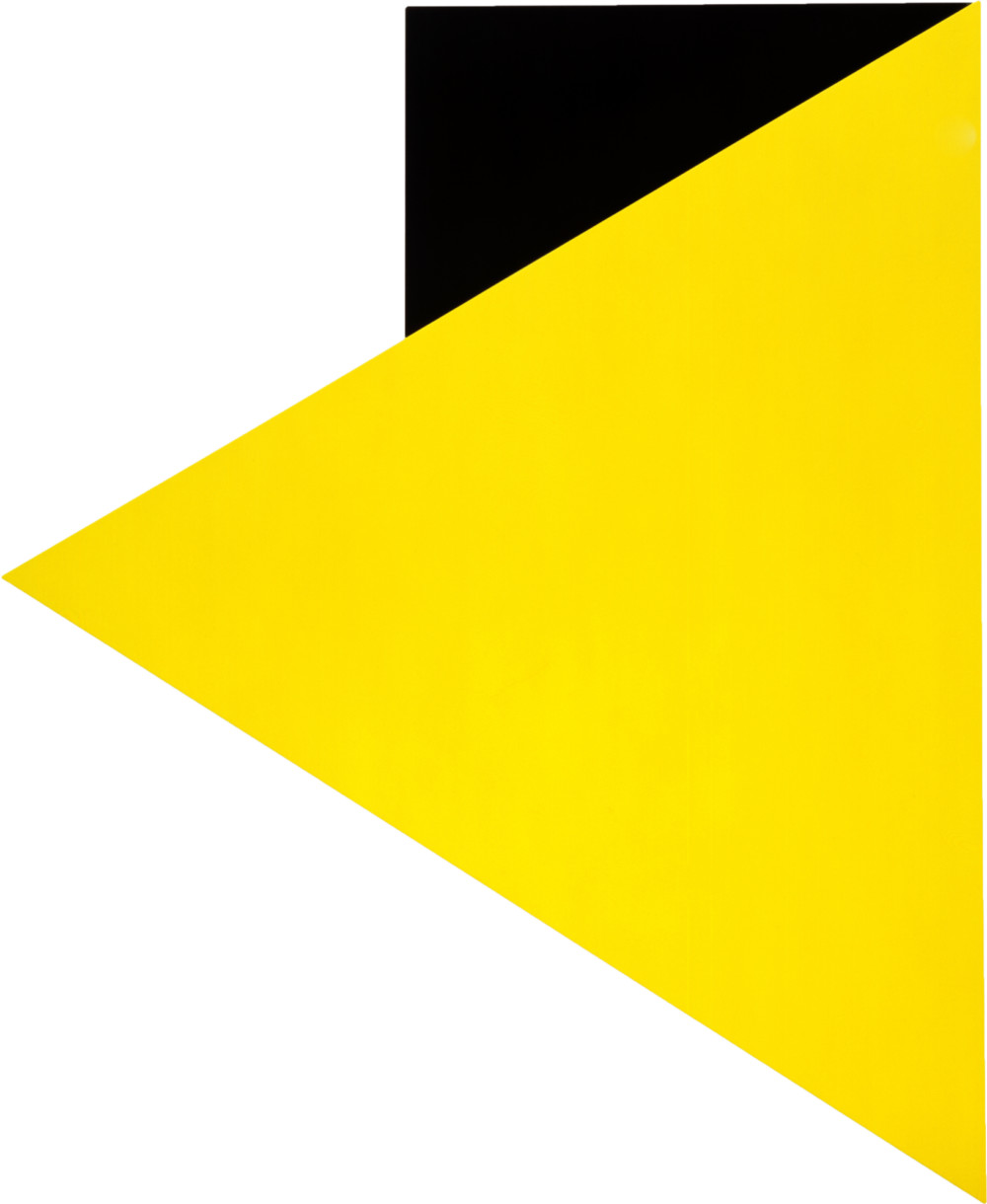
ELLSWORTH KELLY
Recent Paintings
October 29, 1994–January 29, 1995
522 West 22nd Street
New York

ELLSWORTH KELLY
Plant Drawings
October 14–November 28, 1992
1018 Madison Avenue
New York
Group Exhibitions
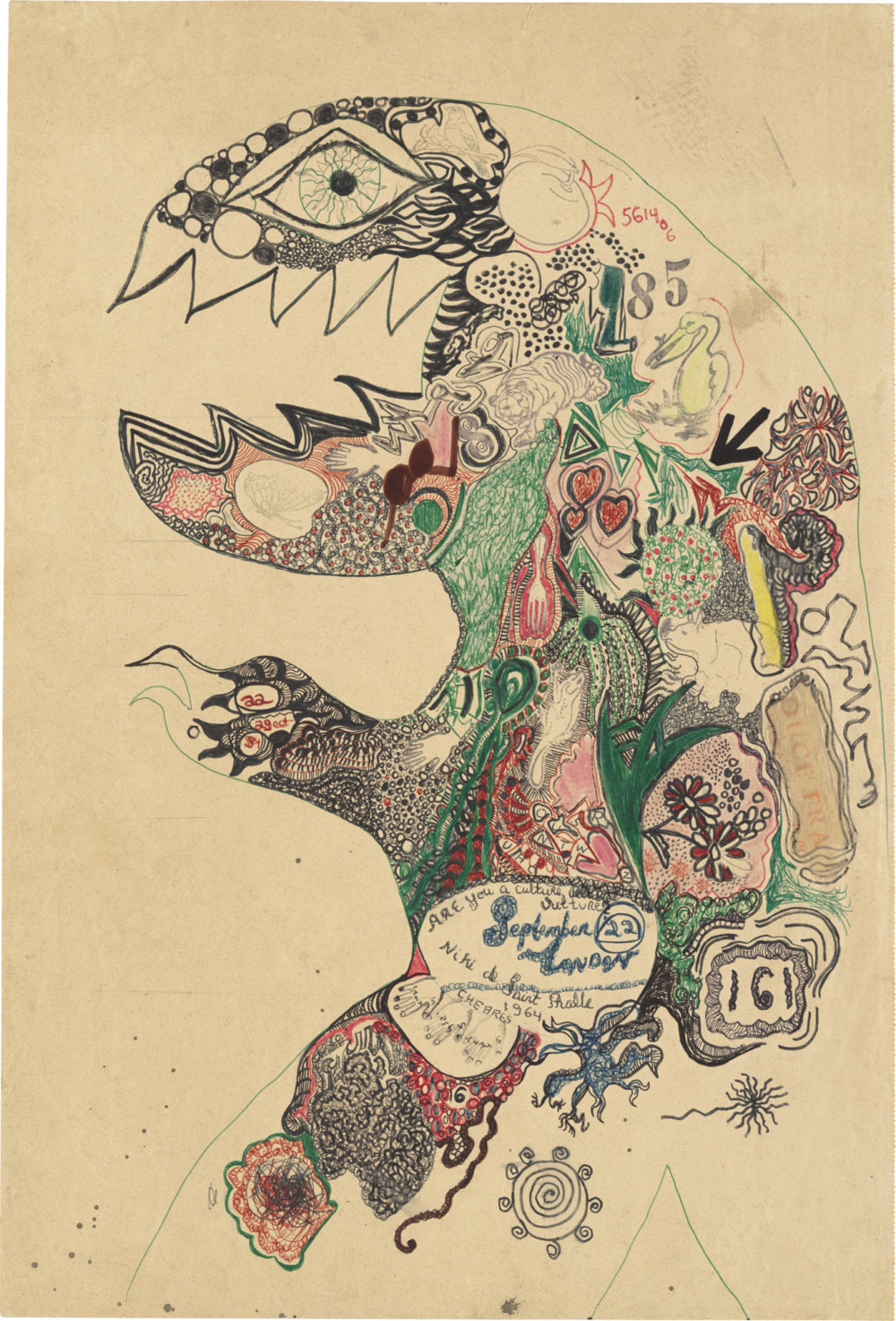
ONE HUNDRED DRAWINGS
November 8, 2019–January 18, 2020
523 West 24th Street
New York

ROSEBUD
July 13–August 24, 2019
1062 North Orange Grove
7818 Santa Monica Boulevard
Los Angeles
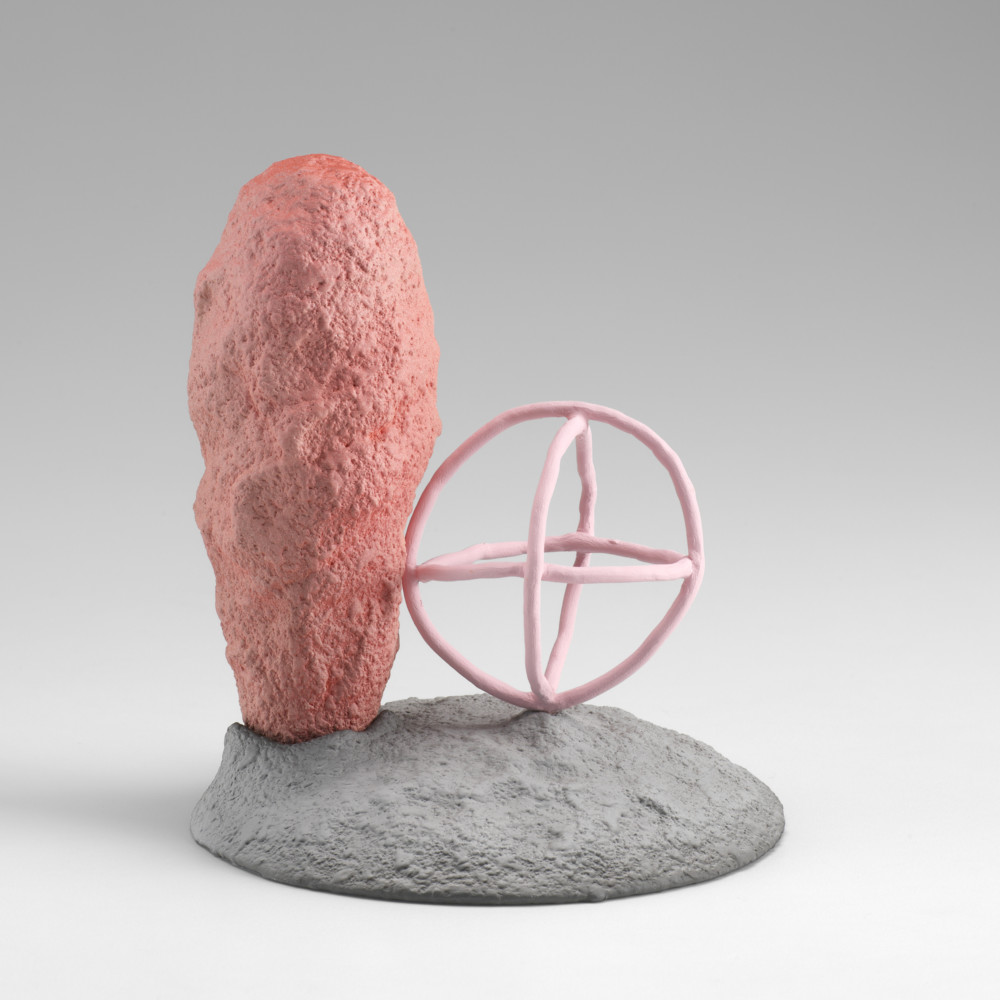
PAVLOVA’S DAWG
and Other Works by Gallery Artists
April 30–June 25, 2016
1062 North Orange Grove
7818 Santa Monica Boulevard
Los Angeles

VIJA CELMINS, THOMAS DEMAND, ELLSWORTH KELLY, KEN PRICE, PAUL SIETSEMA, REBECCA WARREN, TERRY WINTERS
February 6–April 16, 2016
522 West 22nd Street
New York

10 SCULPTURES
July 11–August 29, 2015
1062 North Orange Grove
7818 Santa Monica Boulevard
Los Angeles
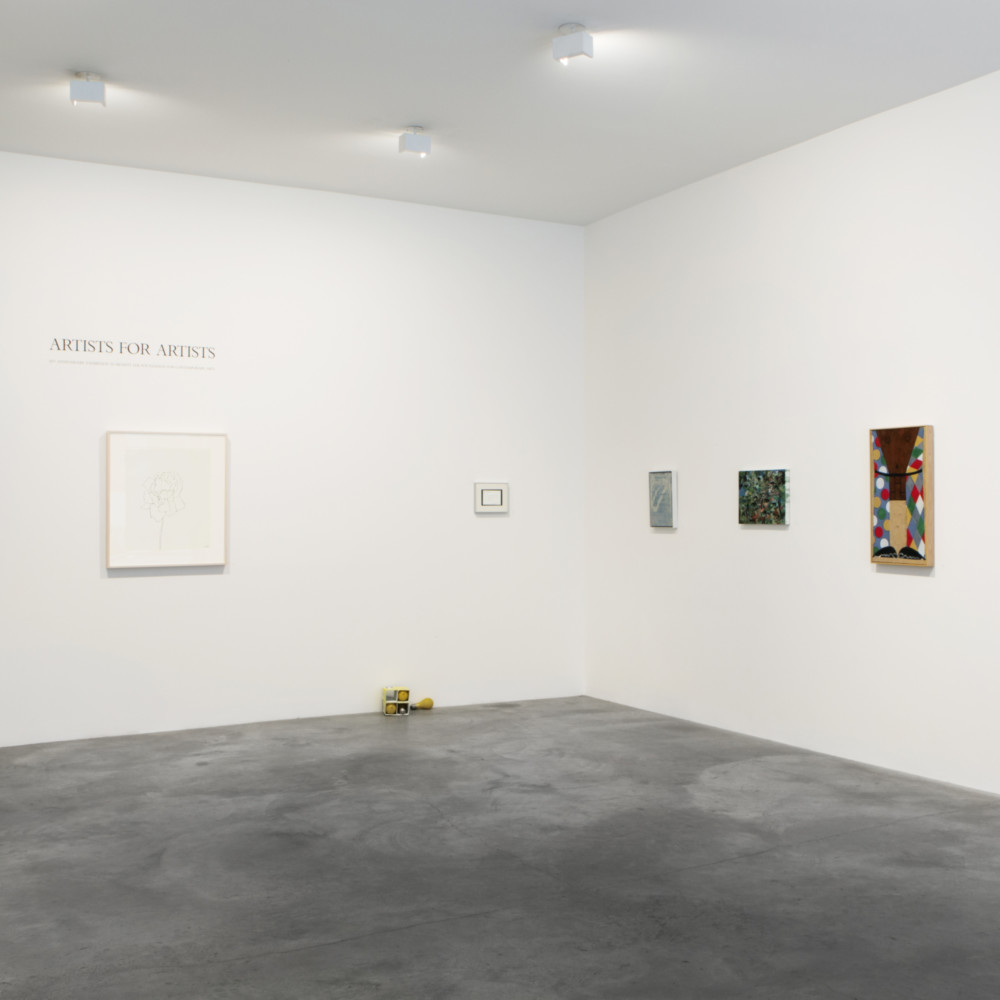
ARTISTS FOR ARTISTS
51st Anniversary Exhibition to Benefit the Foundation for Contemporary Arts
December 13, 2014–January 10, 2015
526 West 22nd Street
New York

A DRAWING SHOW
October 4–November 29, 2014
526 West 22nd Street
New York

SCULPTURE
Katharina Fritsch, Robert Gober, Jasper Johns, Ellsworth Kelly, Martin Puryear, Charles Ray
February 8–April 19, 2014
523 West 24th Street
New York

THE FOUNDATION FOR ART AND PRESERVATION IN EMBASSIES'
Lee Kimche McGrath Original Print Collection
October 6–October 13, 2012
7818 Santa Monica Boulevard
Los Angeles

PAINTING: NOW AND FOREVER, PART II
July 3–August 15, 2008
522 West 22nd Street
New York

FIVE WORKS IN BRONZE
November 3, 2007–January 12, 2008
523 West 24th Street
New York

SMALL SCULPTURE
September 23–October 28, 2006
523 West 24th Street
New York

RECENT DRAWINGS
Robert Gober, Roni Horn, Jasper Johns, Ellsworth Kelly, Brice Marden, Ken Price, Charles Ray, Terry Winters
January 14–February 25, 2006
523 West 24th Street
New York

SCULPTURE
Darren Almond, Peter Fischli David Weiss, Katharina Fritsch, Robert Gober, Donald Judd, Ellsworth Kelly, Ugo Rondinone, Tony Smith
September 20–November 1, 2003
522 West 22nd Street
New York

100 DRAWINGS AND PHOTOGRAPHS
Tenth Anniversary Exhibition
November 3–December 22, 2001
523 West 24th Street
New York

DRAWINGS AND PHOTOGRAPHS
Foundation for Contemporary Performing Arts Benefit Exhibition
December 8–December 23, 2000
522 West 22nd Street
New York
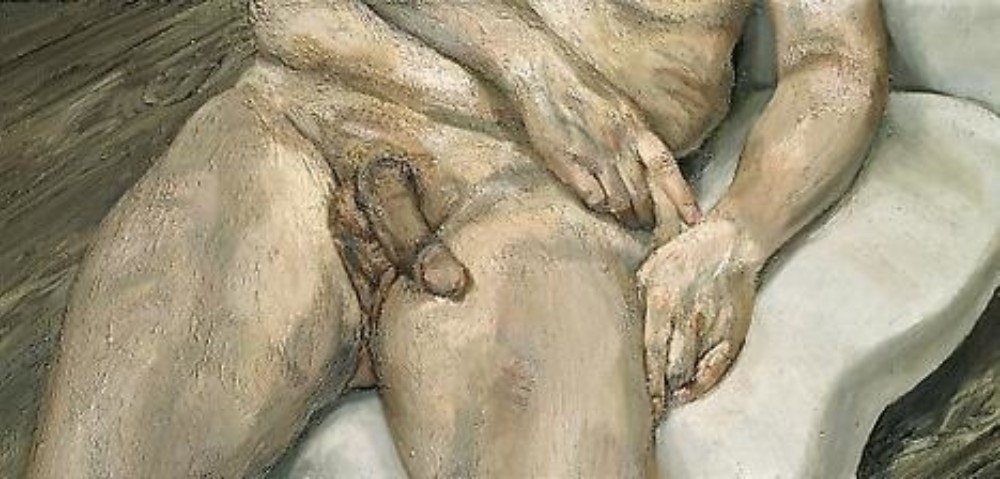
WILLEM DE KOONING, PETER FISCHLI DAVID WEISS, LUCIAN FREUD, KATHARINA FRITSCH, RONI HORN, ELLSWORTH KELLY, BRICE MARDEN
September 25–November 27, 1999
522 West 22nd Street
New York

OPEN SECRETS
Seventy Pictures on Paper, 1815 to the Present
November 19–December 28, 1996
523 West 24th Street
New York

ARTISTS’ SKETCHBOOKS



























